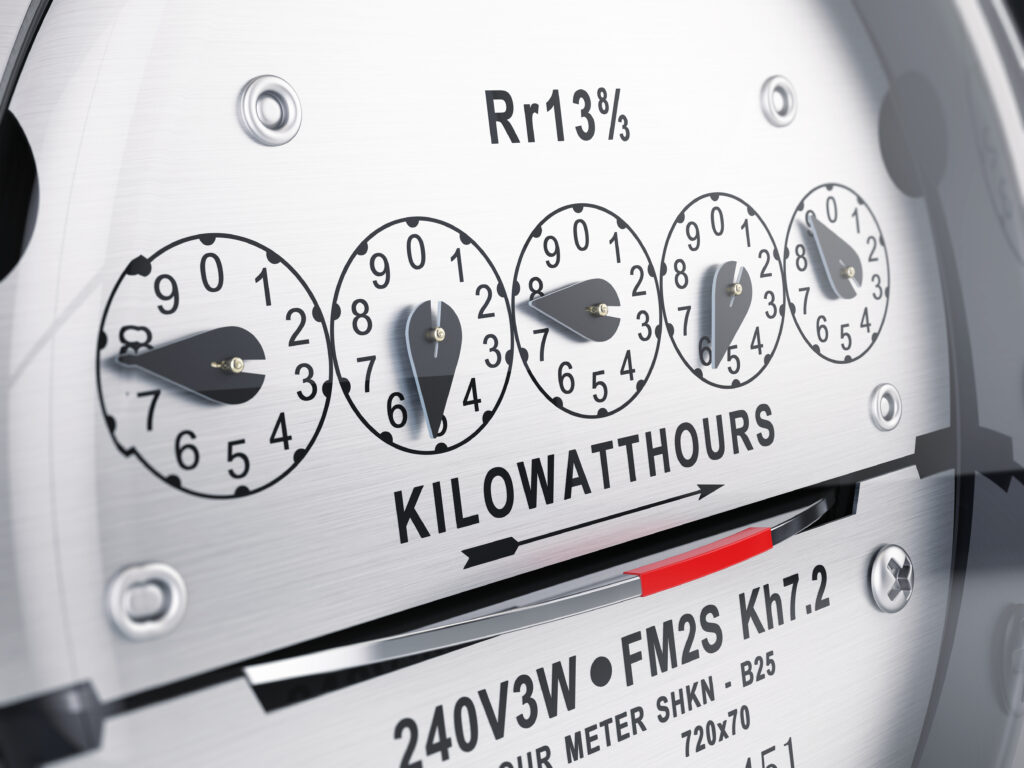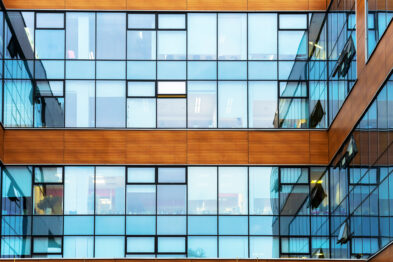In any building, one of the best ways to get information about utility usage is from submeters. With detailed information about utility usage in your building, submetering gives you a much better idea of how to reduce consumption, account for and allocate costs, and recoup appropriate costs from tenants.
This is part of our series on understanding the value submeters can provide in a building, the different types of submeters, and how you can best collect and utilize data from submeters. (Read Submetering 101 here).
In this post we’ll walk through the different ways to use submeters at a building or campus.
What Do Submeters Do?
Every building or site must have building-level meters to be able to get utilities such as electricity, gas and water. These meters are often read by the utility company once a month and measure the usage for the building or site.
Every additional meter below the building level meter gives additional insight as to where exactly utilities are being used. If you have a group of buildings monitored by one main meter, you have no idea how much each building is using individually, so installing submeters at each building will help. You can also install submeters for different parts of the building, such as the lobby or gym.
Understanding the data that your various meters collect will be especially helpful if you are looking to save money by implementing energy efficiency improvement projects, or are trying to earn sustainability certifications — you won’t know if it really know if your efforts are working unless your team has detailed data about energy usage.
Get Granular: Submetering Individual Tenants
A good way to collect more detailed and granular data about your building’s energy use is to install a submeter for each individual tenant.
Monitoring and billing tenant-specific submeters allows for accurate billing for each tenant’s share of utilities. Using a service like Genea’s Submeter Billing solution will give you the security of knowing that if tenants have questions or concerns about their utility bill, your property team has a time-stamped audit trail of data to reference.
Further, giving tenants access to their consumption data empowers them to implement their own green initiatives if they so choose, giving them the ability to contribute to energy efficiency in concert with the property team.
Use Submeters for Equipment Monitoring
Another great way to use submeters in your building is to use them for equipment monitoring. The equipment in your building is likely the biggest user of energy at the property. With modern submetering practices, unusual consumption and spikes can be identified and resolved.
With many modern pieces of building equipment, such as chillers and Variable Frequency Drives, meters are included as part of the data point list, so check with the equipment manufacturer’s point list — you might already have a lot of that data. You should also check if you are installing new equipment, to see if your existing EMS or metering infrastructure can access these points. They can easily identify leaks, excessive run time, and other issues before they become problematic.
Find the Right Technology to Automate Your Process
Submetering is often a tedious and painful process for property teams who are still using a clipboard and spreadsheet model to collect data and bill back tenants. Solutions like Genea’s Submeter Billing software (which works with all submeters, so no rip and replace needed!) help automate and streamline the process, giving property teams the time and bandwidth they need to actually use submeters for the benefit of the building, tenants, and environment.
For more information on how we can help you submeter at a more granular level, schedule a demo with a member of our team.



